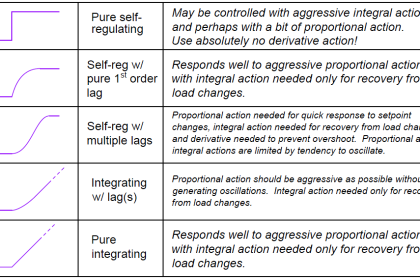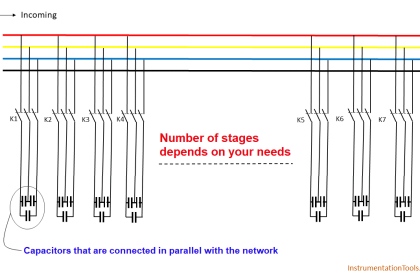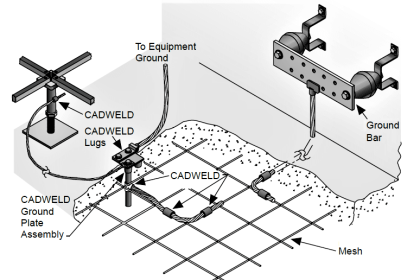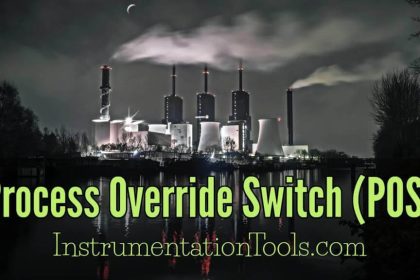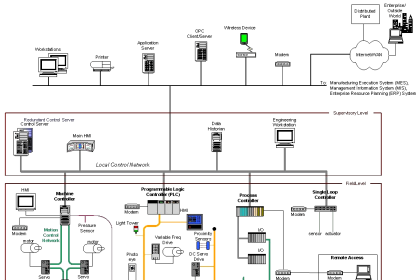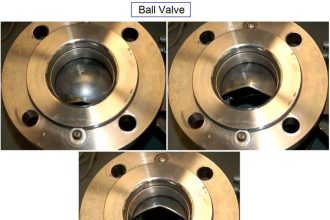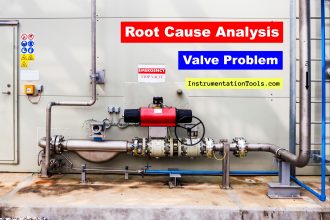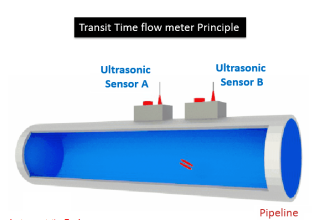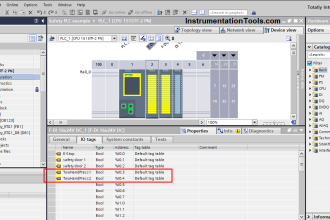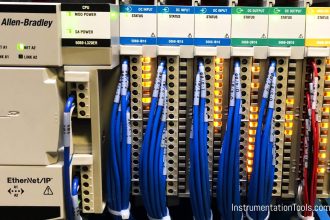Material Take Off (MTO) for control panels document provides the details of all the components required to assemble and install control panels for a specific project.
Control Panels Material Take-Off

Control panels are the heart of industrial automation, housing the electrical hardware that controls and monitors machinery and processes.
The components in a control panel may vary depending on its specific application and complexity. The general list of common components you might find in control panels is listed below.
- Enclosure: Houses and protects all the internal components.
- Circuit Breakers: Protect circuits from overcurrent.
- Transformers: Modify voltage levels.
- Relays: Electrically operated switches.
- Contactors: Electrically controlled switches used for switching an electrical power circuit.
- Terminal Blocks: Provide a secure way of connecting wires.
- PLC (Programmable Logic Controller): Controls the machine or process.
- HMI (Human-Machine Interface): Provides an interface for human interaction.
- Power Supply: Supplies electrical power to the components.
- Surge Protectors: Protect the system from voltage spikes.
- Motor Controllers/Drives: Regulate the operation of a motor.
- Switches and Push Buttons: For manual control and operation.
- Indicator Lights: Show the status of the system.
- Fuses: Protect against overcurrent by breaking the circuit when necessary.
- Wiring Ducts and Conduits: Organize and protect the wiring.
- Cooling Fans: Regulate temperature inside the enclosure.
- Network Components: Allow for communication with other systems (e.g., Ethernet ports).
- Overload Protection Devices: Protect motors and circuits from overloads.
- Variable Frequency Drives (VFD): Control the speed of an electric motor.
- Soft Starters: Gradually increase the drive power when starting motors.
- Isolators: Physically disconnect circuits for maintenance and safety.
- Annunciator Panels: Provide visual and audible alarms and alerts.
- Phase Monitoring Relays: Protect equipment from phase loss, imbalance, or reversal.
- Pneumatic or Hydraulic Controllers: For systems using air or fluid power.
- Timers: Provide timed control of processes or components.
- Temperature Controllers: Regulate and monitor temperature.
- Current Transformers: Used with meters and relays for current sensing.
- Battery Backups/UPS: Uninterruptible power supplies for critical components.
- Grounding Bars: For proper electrical grounding of the panel.
- Panel Meters: Display voltage, current, and other electrical parameters.
- Surge Suppression Devices: Additional protection against transient voltages.
- Labeling and Documentation: For easy identification and maintenance.
Here’s a detailed breakdown of what an MTO for control panels typically includes:
Enclosures
The MTO will specify the types of enclosures needed, including their sizes, materials (such as stainless steel, carbon steel, or fiberglass), and environmental ratings (NEMA or IP rating for dust and water resistance). It will also detail the required enclosure accessories, like cooling fans, heaters, and window kits.
Power Distribution Components
This includes main circuit breakers, distribution blocks, fuses, and surge protection devices. The MTO should list each item’s specifications, such as current rating, voltage rating, and the number of poles for circuit breakers.
Control Devices
Control devices such as push buttons, switches, and indicator lights will be listed, with details on voltage requirements, colors, and sizes.
For instance, pilot lights might be specified by color and voltage, while push buttons might be detailed by function (momentary or maintained) and contact configuration.
PLC and Automation Components
The MTO will include Programmable Logic Controllers (PLC), Input/Output (I/O) modules, and any other automation components like Human Machine Interface (HMI) screens.
Specifications will cover the make and model, I/O count, communication protocol (Ethernet, Profibus, etc.), and any necessary expansion modules.

Terminal Blocks and Connectors
Terminal blocks for wire and cable terminations will be listed, with details on the type (screw-type, spring-clamp, etc.), wire size range, and the required quantity.
Connectors for interfacing with external systems might also be included, with specifications on pin count and connection type.
Wiring and Cabling
The MTO must account for all internal wiring needs, including wire type (stranded, solid), gauge, color, and length. Cables for external connections will also be listed, with details on shielding requirements and connectors.
Labeling and Identification
Labeling materials for components, wires, and terminals are included in the MTO. This might specify label makers, engraved tags, and heat-shrink wire labels.
Mounting Hardware
This includes DIN rails, mounting brackets, nuts, bolts, and washers. Specifications will be provided for the size and type of each hardware component.
Pneumatic Components
If the control panel interfaces with pneumatic systems, the MTO will list solenoid valves, air regulators, and associated fittings.
Safety and Protection Devices
Circuit protection devices like emergency stop buttons, door interlock switches, and light curtains will be detailed in the MTO, with specifications for voltage, current rating, and safety standards compliance.
Network and Communication Hardware
Ethernet switches, routers, and communication modules for various industrial protocols (such as Modbus, Ethernet/IP) will be listed with their respective technical specifications.
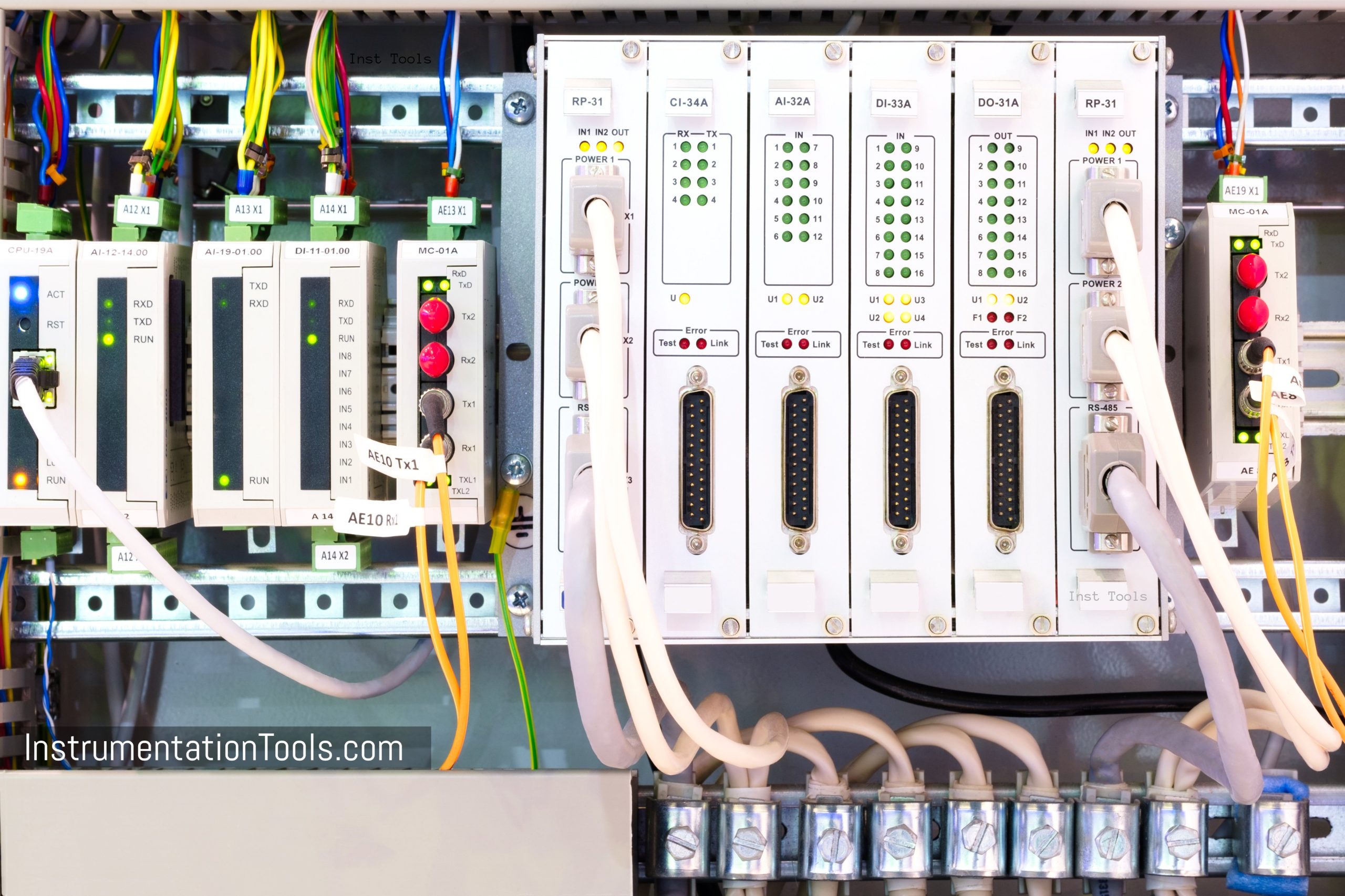
Software and Licensing
Any software required for programming, configuration, and monitoring of the control panel’s components will be included, along with necessary licensing information.
Miscellaneous Supplies
This encompasses a variety of additional supplies such as cooling fans, filters, gasketing material, heat shrink tubing, cable ties, and sealing compounds.
Conclusion
When compiling an MTO for control panels, it’s crucial to ensure that all components are compatible with each other and meet the project’s technical requirements. Accurate specifications in the MTO are critical for the procurement process to ensure that the control panel functions correctly and complies with all relevant standards and regulations.
If you liked this article, then please subscribe to our YouTube Channel for Electrical, Electronics, Instrumentation, PLC, and SCADA video tutorials.
You can also follow us on Facebook and Twitter to receive daily updates.
Read Next:
- PID Controllers Explained
- Comparison of Control Loops
- Top Best Practices of PLC Wiring
- Control Speed of Induction Motor
- Top 100 PLC Projects for Students


